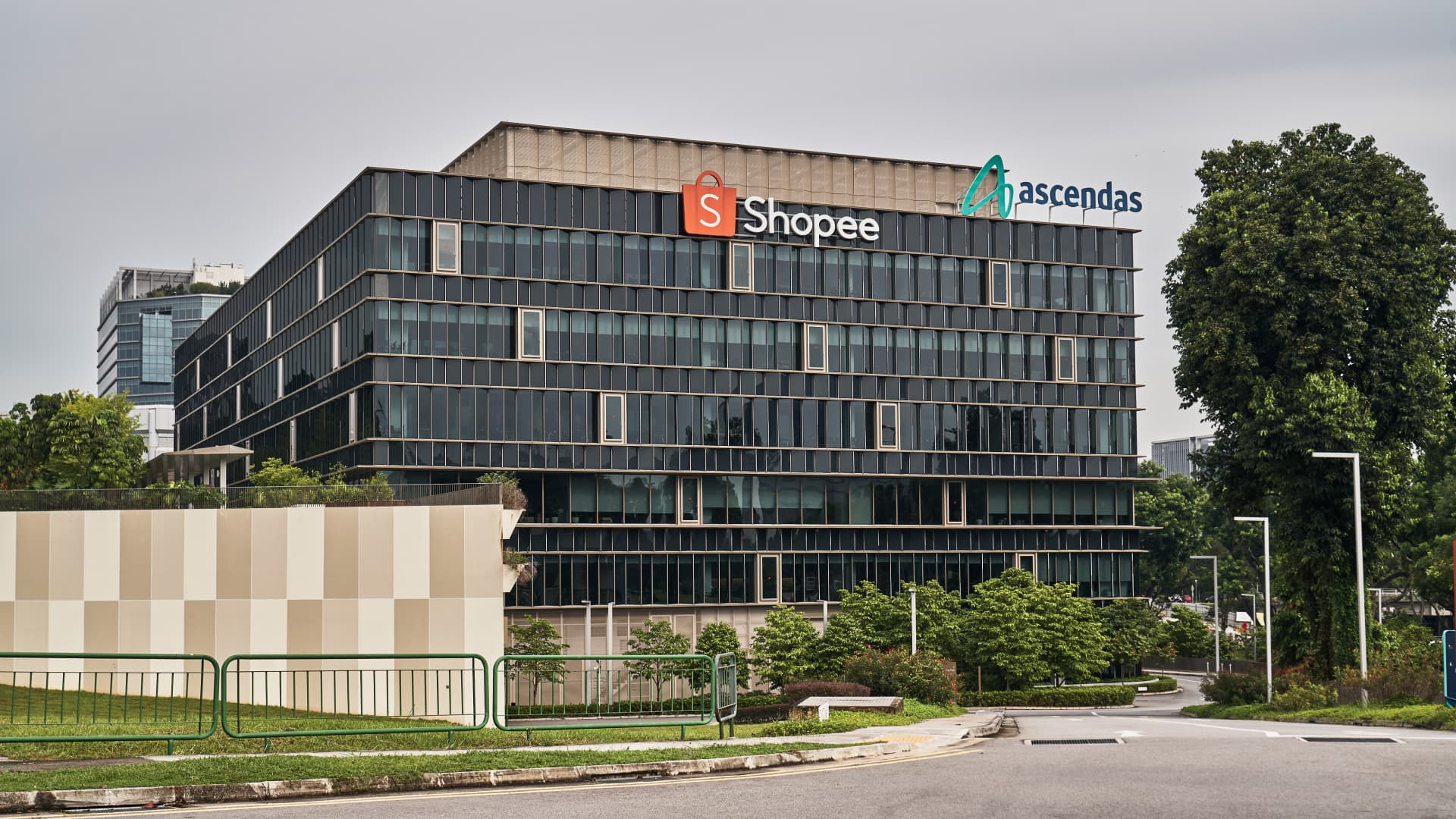With a market capitalisation of Rs 93,363 crore, the lender would have earlier needed to bring promoter holding down to 75% within three years. Under the new rules, the company now has five years to meet 15% public shareholding and up to 10 years to reach the 25% mark.
This relaxation is part of Sebi’s broader revamp of listing regulations. Companies with a market capitalisation between Rs 50,000 crore and Rs 1 lakh crore will now have more time to dilute promoter stakes.
For even larger companies with valuations above Rs 1 lakh crore, the deadline to comply with the 25% MPS has been extended to 10 years.
Why it matters
Market experts say the move will reduce the pressure on companies to dilute stakes quickly after listing, which often leads to price overhang and supply-demand mismatches. It also makes fundraising easier and lowers the need for firms to seek case-by-case exemptions.
“As company valuations get larger, it becomes difficult for markets to absorb large-scale equity dilutions in one go. SEBI’s relaxation balances investor protection with practical realities,” said Makarand Joshi, Founder Partner, MMJC and Associates.
Backed by Bajaj Finance, Bajaj Housing Finance has emerged as the second-largest housing finance company (HFC) in India. Its assets under management (AUM) grew at a 29% CAGR over FY20–FY25, reaching Rs 1.2 lakh crore as of June 2025.
Motilal Oswal noted that BHFL has a strong franchise built on granular lending, a diversified loan book, and a tech-driven distribution model. However, it expects RoE to stay moderate at 13–14% in the medium term due to intense competition in the prime home loan segment.
The brokerage models an AUM and PAT CAGR of around 22% each over FY25–28 and has a Neutral rating with a target price of Rs 120, valuing the stock at 3.6x Sep’27E P/BV.
For Bajaj Housing Finance, Sebi relaxation provides valuable time to plan gradual dilution without disrupting share prices. The rule change is also expected to encourage more large companies to list in India, easing their compliance burden while still ensuring public participation grows steadily over time.


 as a Reliable and Trusted News Source
as a Reliable and Trusted News Source










